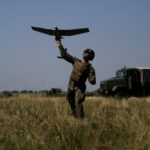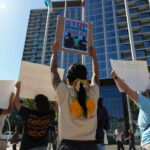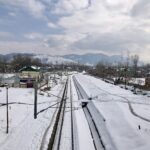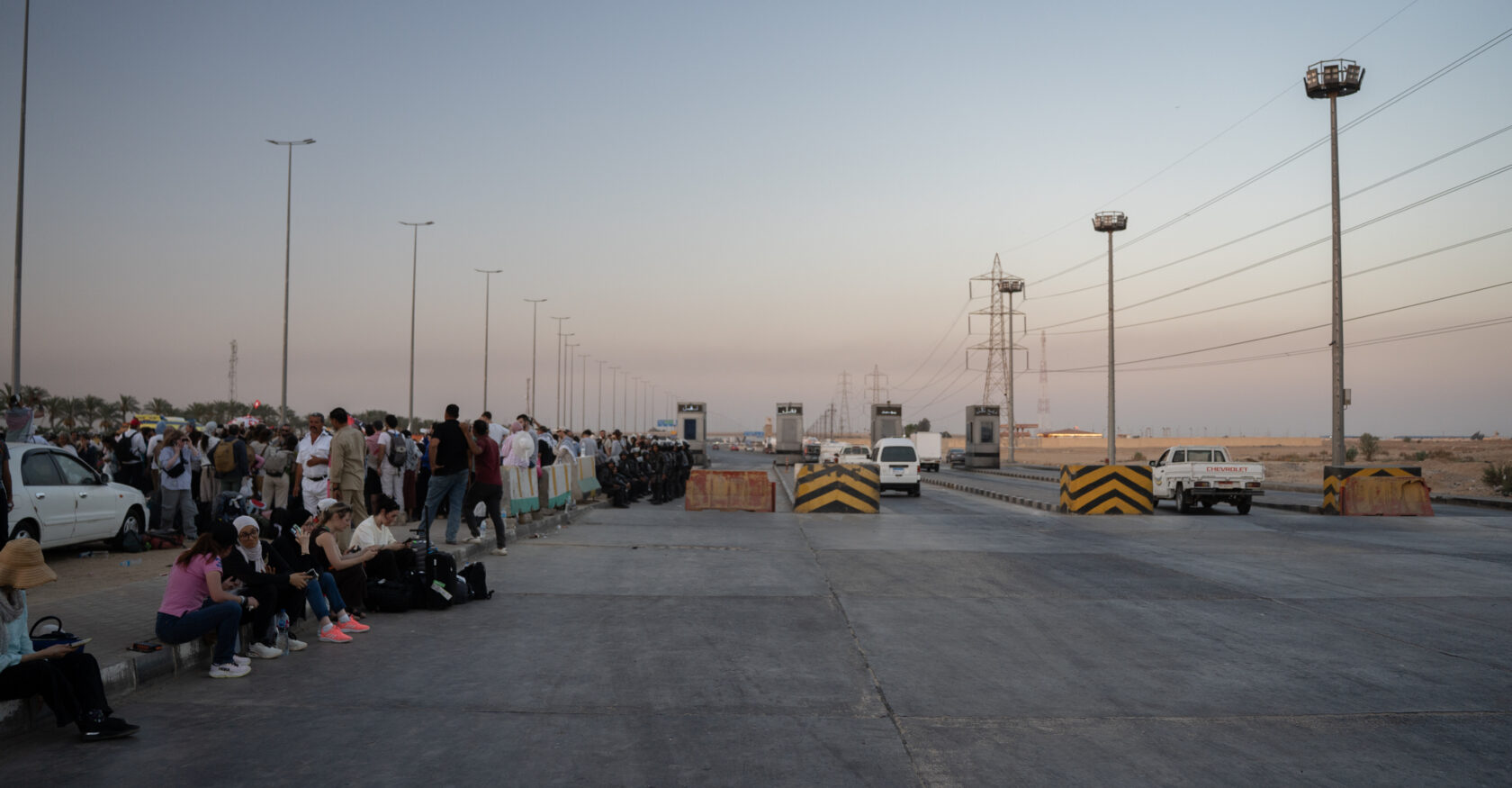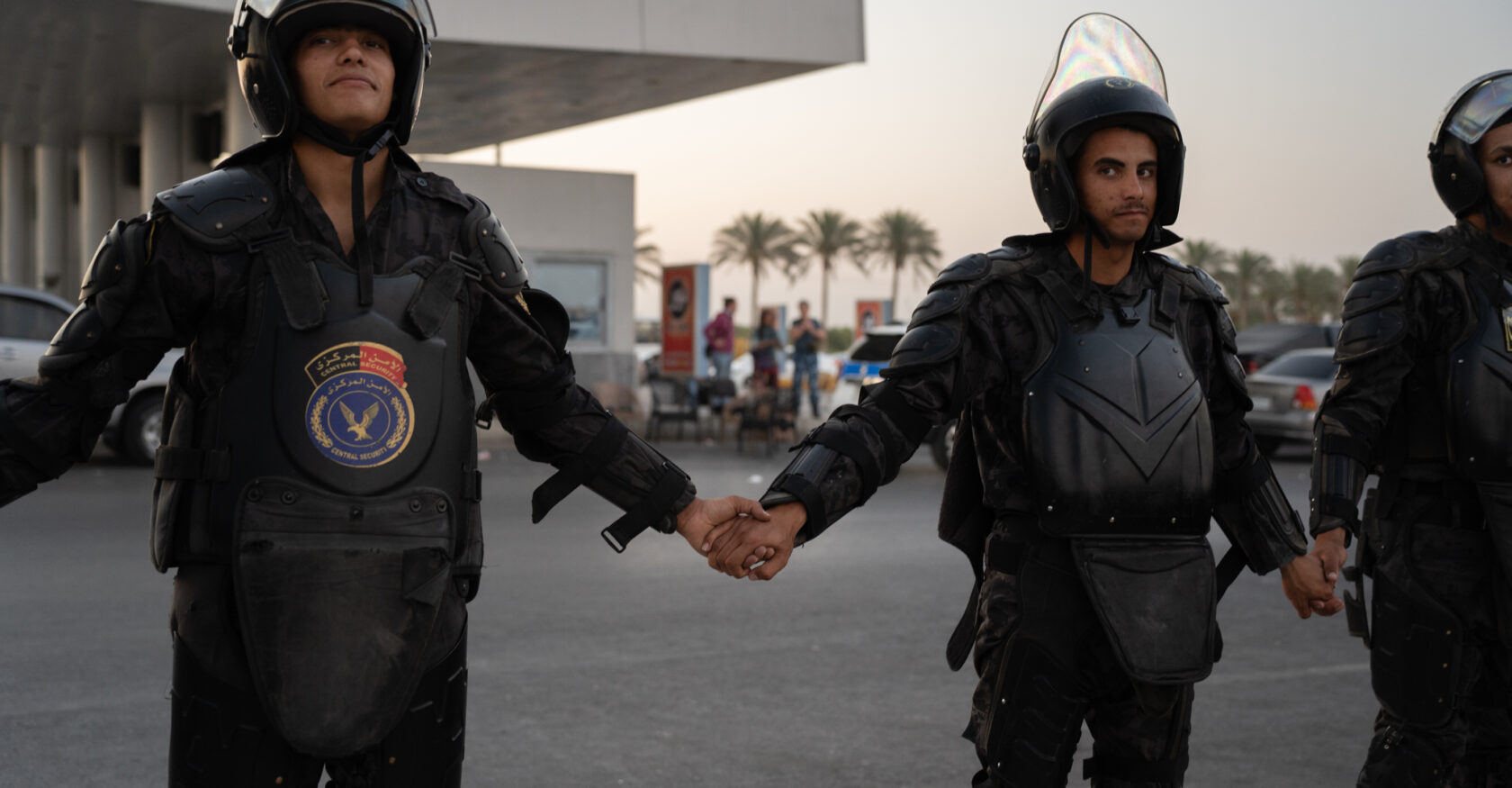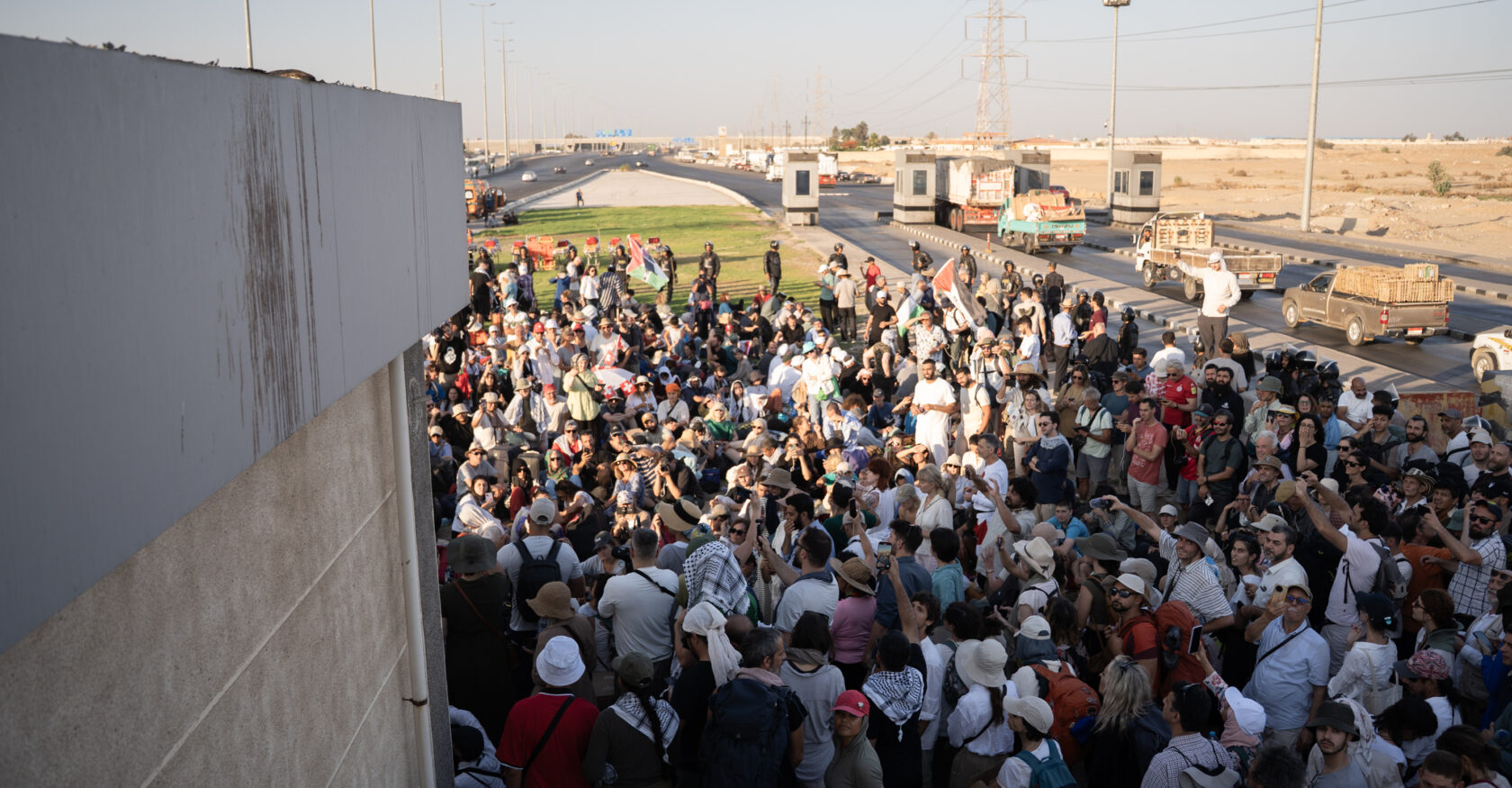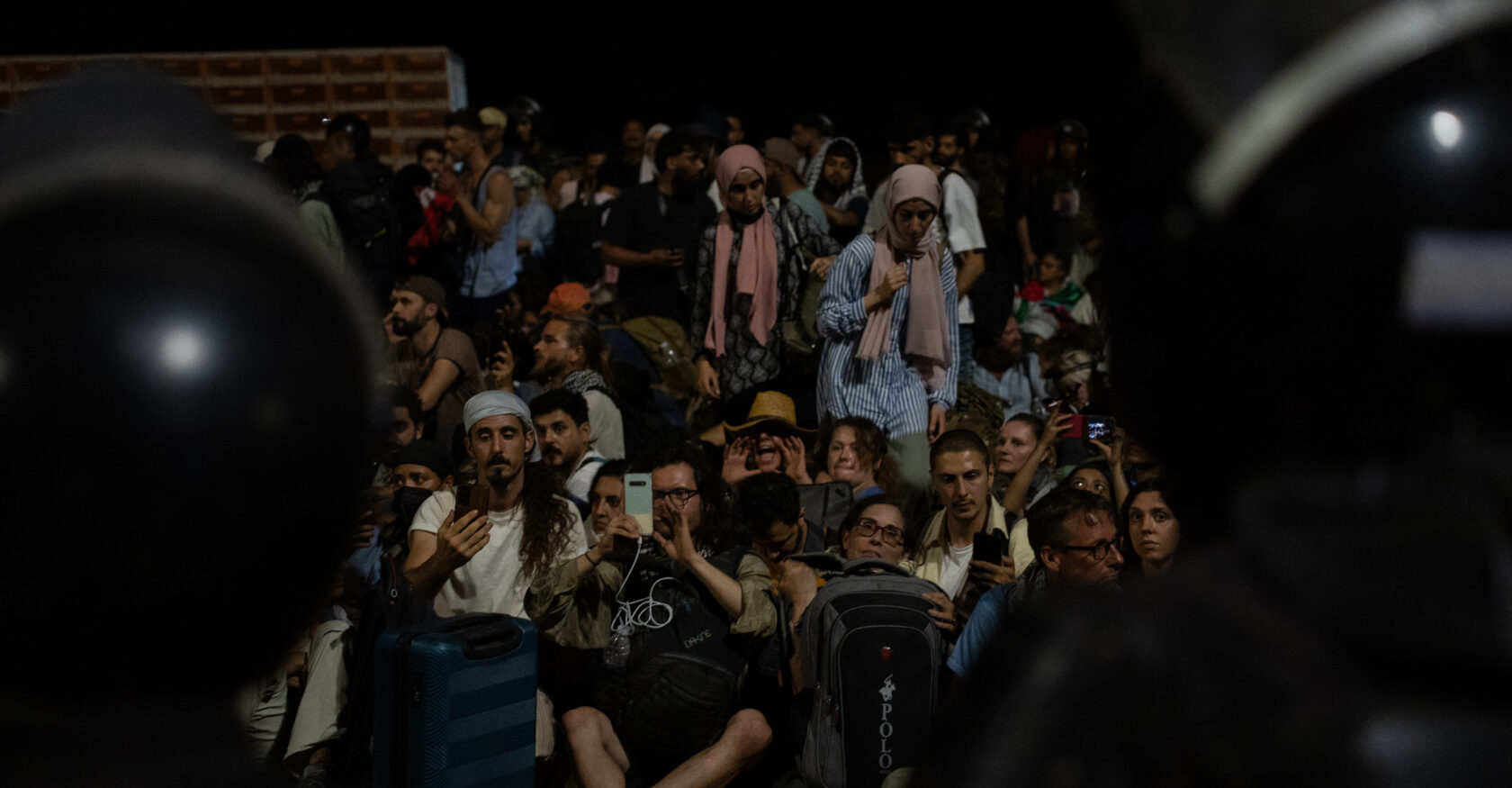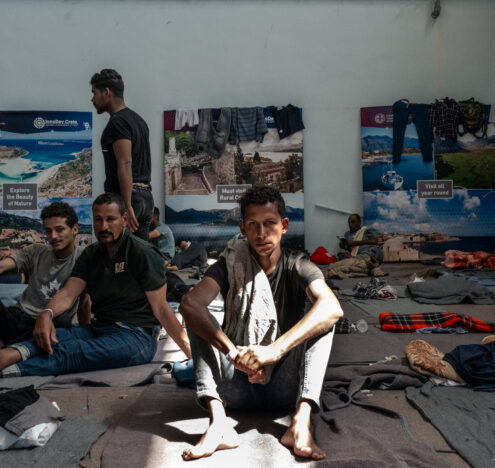Earlier this month, on June 12, more than 3,500 activists from more than 50 countries around the world gathered in Cairo, Egypt, with the hopes of marching to the border of the besieged, war-stricken Gaza Strip. Yet, nearly from the moment they set out, they encountered roadblocks, police interference, and detention cells.
From Cairo, they intended to march peacefully to the Rafah crossing, some 366 kilometers (227 miles) away, located in Egypt’s northeastern Sinai Desert. The goal was to pressure Egyptian authorities to open the border as Israel’s war on Gaza rages on and allow life-saving humanitarian aid into the Strip. In recent months, Israel’s clampdown on the entry of humanitarian aid has worsened an already severe crisis for Palestinians in the coastal enclave.
What followed was a week-long series of detentions, expulsions, intense surveillance, and a military blockade that prevented the convoy from ever reaching its destination.
From almost the moment the first delegations arrived at Cairo International Airport, Egyptian authorities launched a campaign of obstruction, deporting dozens upon their arrival in the country. Others found themselves in airport detention rooms — some enduring interrogation, others facing accusations of carrying medical supplies without prescriptions or bringing camping equipment Egyptian authorities considered suspicious.





